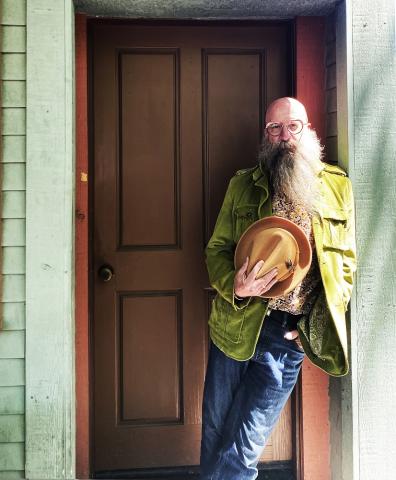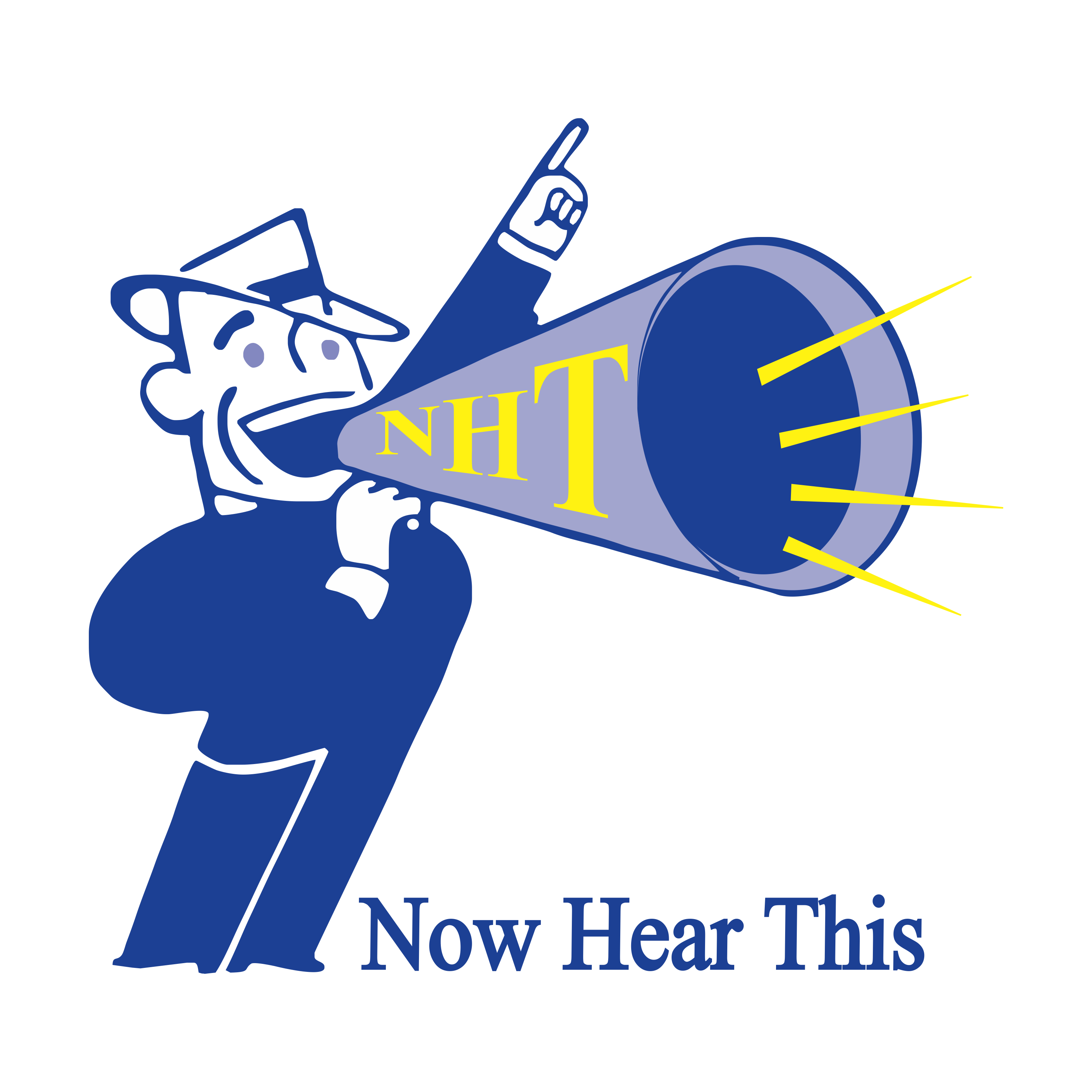
Sacramento, California-based songwriter and guitar player, one half of the duo act The Cracker Brothers, and the CEO of Outer Marker Records. He is also Head of Marketing, Artist Relations and Sales for D.W. Fearn / Hazelrigg Industries, and in the past was Director of Marketing for TEAC America, which includes TASCAM. Listen as he talks about always being around music and having his eye on the next thing as well as the way he used the relationships he built over the years – creating music and working in the industry – to get the many opportunities discussed during this episode.
“People… were not tripping over themselves to find an instrumental album by a jazz trio. It doesn’t really line up with the TikTok generation. So, as we were looking at this, we realized that we’re making records that we like, with artists that we like, recording music that we like, at the quality level that we like, and we thought, well why not just start our own label?”
“That’s what’s so fascinating to me about Atmos in particular as opposed to maybe the older 5.1 formats and multi-channel mixes. It is scalable, so when you’re mixing towards Atmos, you’re mixing to the algorithm and on playback your system knows how many speakers you have.”
“We’re also trying to make sure that we’re protecting our artists and we’re providing an experience that is elevated sonically and really financially. So, for example, we have no interest in working with Spotify. They’ve had some interesting news come out lately where unless you get x number of streams, you don’t get paid at all. You no longer even make your thousandth of a penny for the stream.”
“Our profits we split 50/50 with the artist. It makes the math easy, and everybody has some stake in the game.”
“If you were in 1955, you were not going to be firing up your computer to record your rockabilly band in the living room. You had to go downtown to the recording studio. The recording studio was not able to go to Sweetwater or Guitar Center and buy all their recording gear. There was no industry around it. So, a lot of times what was happening was the recording companies, and the recording studios were built by the recording companies, and they were populated by gear that someone in their company built.”
“Our feeling was that punk had never been seriously recorded. There are some great punk albums that came out, but they were usually recorded fast and loose by whatever studio, so the energy was there, but they never really sounded great. We thought, well no, punk is a valid art form. Let’s give people a beautiful sounding, high energy recording.”
“As things have happened and we’ve moved now to music being just completely ubiquitous, and then it’s on your phone, it’s everywhere, it’s become more wallpaper, where people listen to music just because they can. And the audiophile community still sees music listening as the activity.”
“Even though it’s a great album, an album recorded in 1965 is not able to be recorded to the fidelity of an album that we can get today with today’s technology.”
“The experience (with vinyl) can be dynamic. It can be compelling. And it can be emotional.”
“We started to write songs. I’d write songs with an acoustic guitar and a vocal and I’d send that over to Scott where he was in San Jose, and he would record the keyboards and the bass and then send it back and we’d go back and forth and collaborate.”
“One of the beautiful things as I’m doing artist relations now for these companies and for the record label, I’m being exposed to a huge variety of music that I wouldn’t normally have listened to and I’m falling in love with some of the new pop stuff. I’m getting an affinity for hip-hop that I never had before.”
“I was able to find a job in Silicon Valley at the very beginning of the computer audio revolution because they needed somebody to talk to musicians about their computers. They said, ‘Look, we can teach how computers work. You’ll never teach us how musicians work’.”
“King of Pain” (Hazelrigg Brothers)
“Fur Anna Maria” (Marcia Hadjimarkos)
“Twin-Headed Dragon” (Disaster Artist)
